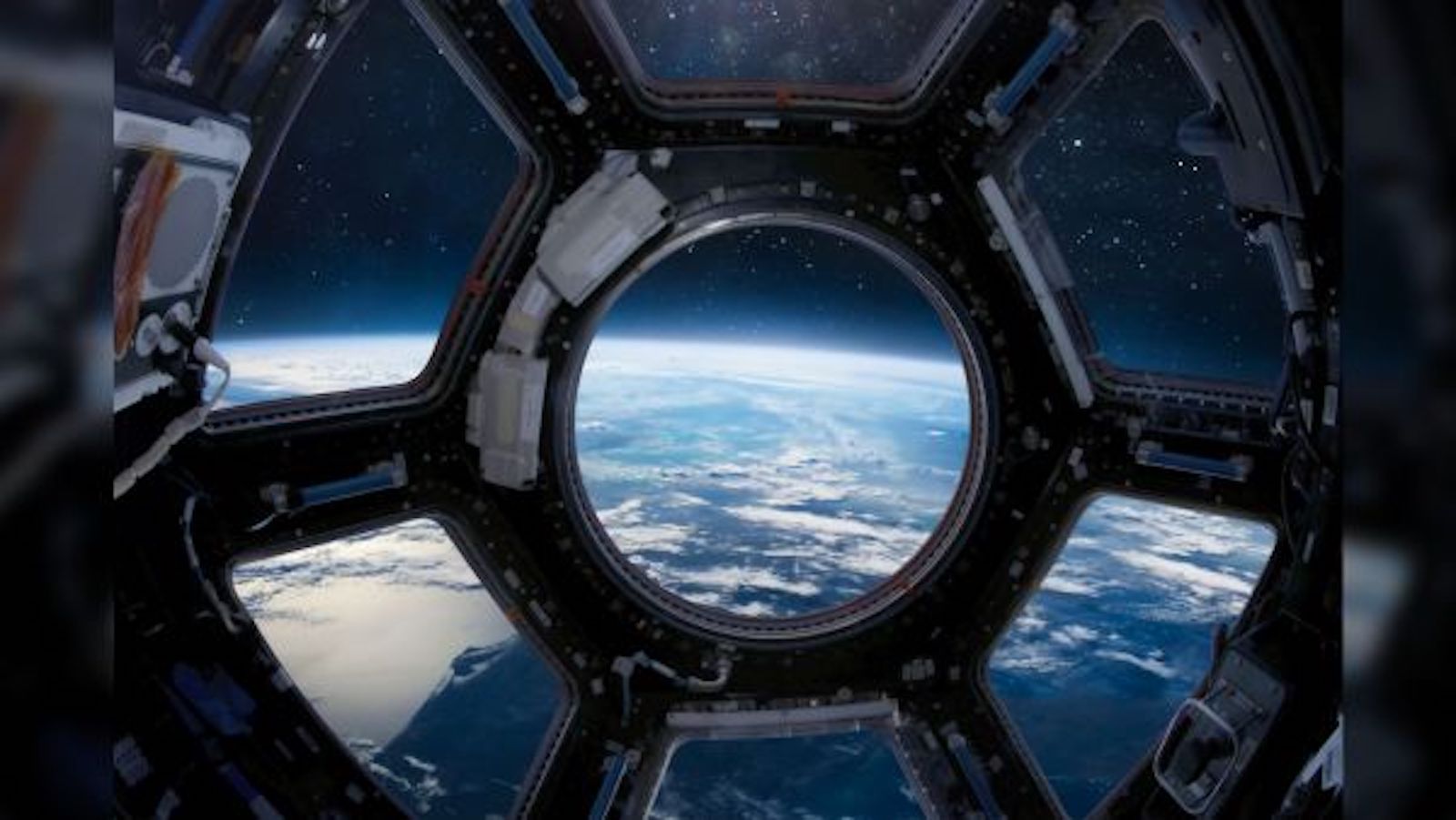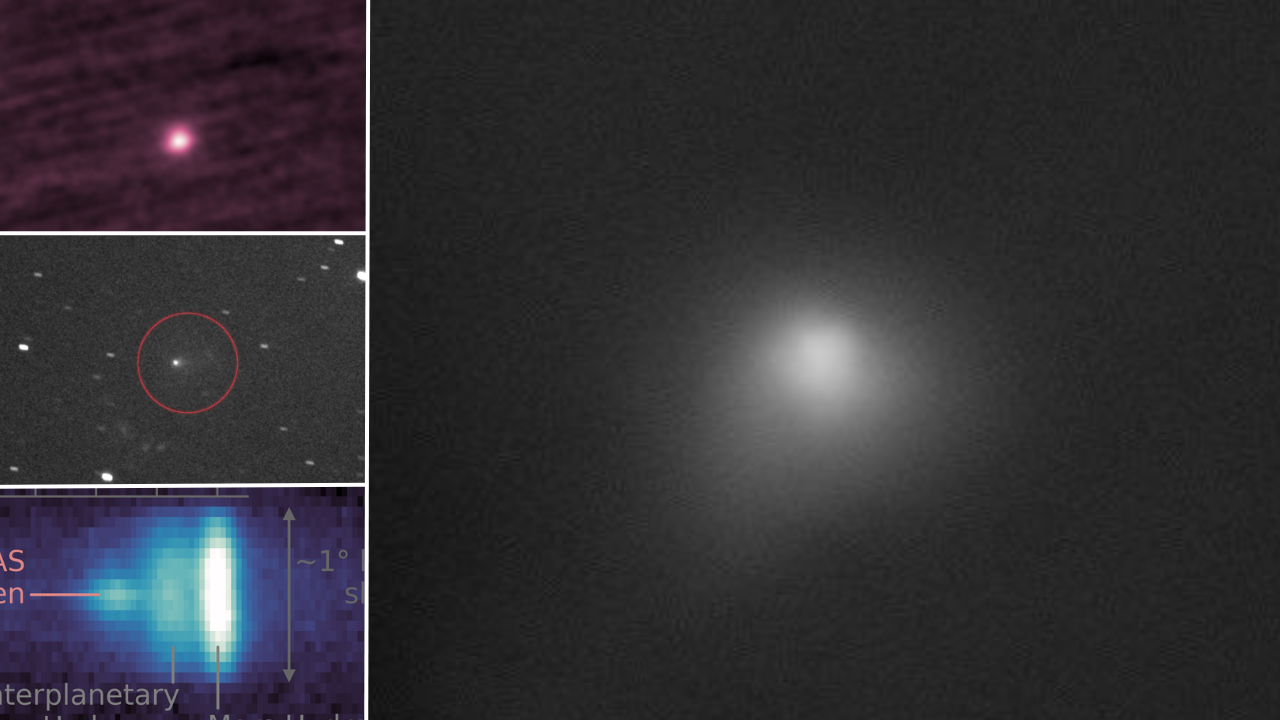How sweet is space? The answer may reveal clues about how life began
Scientists are strengthening the theory that the molecules necessary for life can form in the vastness of space.

How sweet is the Milky Way? A peculiar question, perhaps, but researchers have discovered tantalizing clues that the sweetness of space may be linked to the origins of life.
The team uncovered a low-temperature synthetic pathway for the production of glyceric acid, a simple sugar acid that's essential to metabolism — the process by which organisms break down food into energy. This molecule is considered one of the key building blocks of life.
"Within astrochemistry, there's a big disconnect between what we call prebiotic chemistry and biochemistry," Ryan Fortenberry, co-author of the study and an associate professor of chemistry and biochemistry at the University of Mississippi, said in a statement. "What we know from the biochemistry is that if we can make these small biomolecules, these small prebiotic molecules, they will assemble together into these big biochemicals."
Studying the formation of "simpler" molecules like glyceric acid helps to bridge the gap between prebiotic chemistry — the chemistry that existed before life or led to it — and modern biochemistry as we know it today.
Related: Astronomers unravel how complex organic molecules form in deep space
In their study, the team recreated the conditions found in cold molecular dust clouds, which, over the past decade, have been observed to act as "molecular factories" for complex organic molecules, such as alcohols, carboxylic acids and even amino acids.
Under these extreme conditions, chemical synthesis occurs when ice containing water, carbon monoxide, carbon dioxide, methane, ammonia, methanol and formaldehyde is exposed to energetic galactic cosmic rays that penetrate deep into the dark interiors of molecular clouds.
Breaking space news, the latest updates on rocket launches, skywatching events and more!
On Earth, the researchers replicated these conditions by irradiating similar particle mixtures with ultraviolet light in a vacuum. Through this method, they demonstrated that glyceric acid could form under the extreme conditions of space.
According to the team, this finding strengthens the theory that the molecules necessary for life can form in the vastness of space — for example, in Sagittarius B2, a massive cloud at the center of our galaxy. It suggests that the ingredients for life might be widespread throughout the universe.
"The discovery of this molecule ... tells us how we can go from the creation of atoms in the core of stars to complex biomolecules that allow us to contemplate the universe itself," Fortenberry said.
"We now hope that astronomers can search for and detect glyceric acid in star-forming regions using telescopes such as the Atacama Large Millimeter/submillimeter Array (ALMA)," the researchers wrote in their paper.
But this brings us back to the original question: If dust clouds contain this simple sugar acid — where sugars are sweet and acids are sour — does space taste sweet or sour?
Although it's impossible to say for certain, the scientists are confident that glyceric acid likely helps to "spice" the universe.
The paper was published in July in the journal Physik.

A chemist turned science writer, Victoria Corless completed her Ph.D. in organic synthesis at the University of Toronto and, ever the cliché, realized lab work was not something she wanted to do for the rest of her days. After dabbling in science writing and a brief stint as a medical writer, Victoria joined Wiley’s Advanced Science News where she works as an editor and writer. On the side, she freelances for various outlets, including Research2Reality and Chemistry World.
